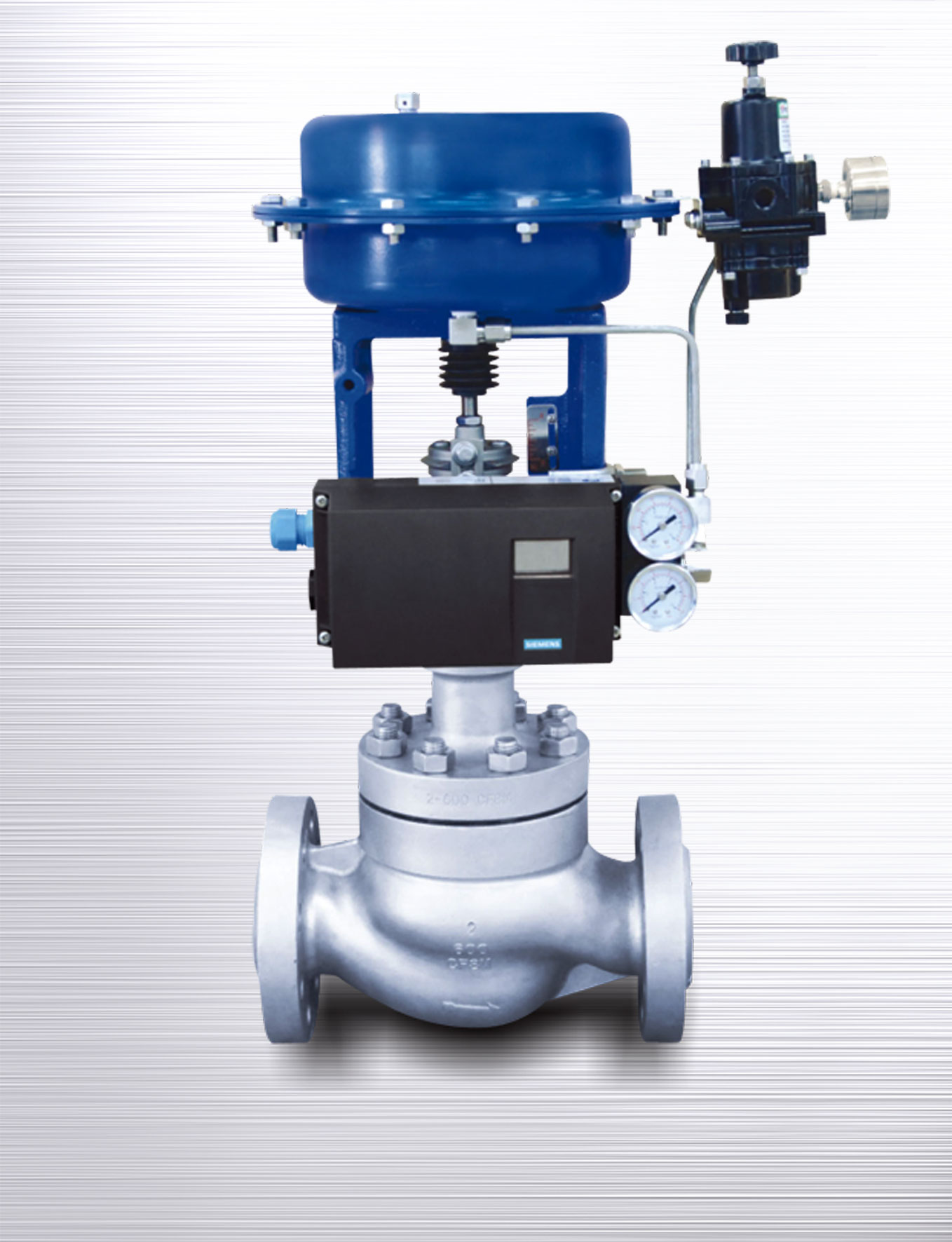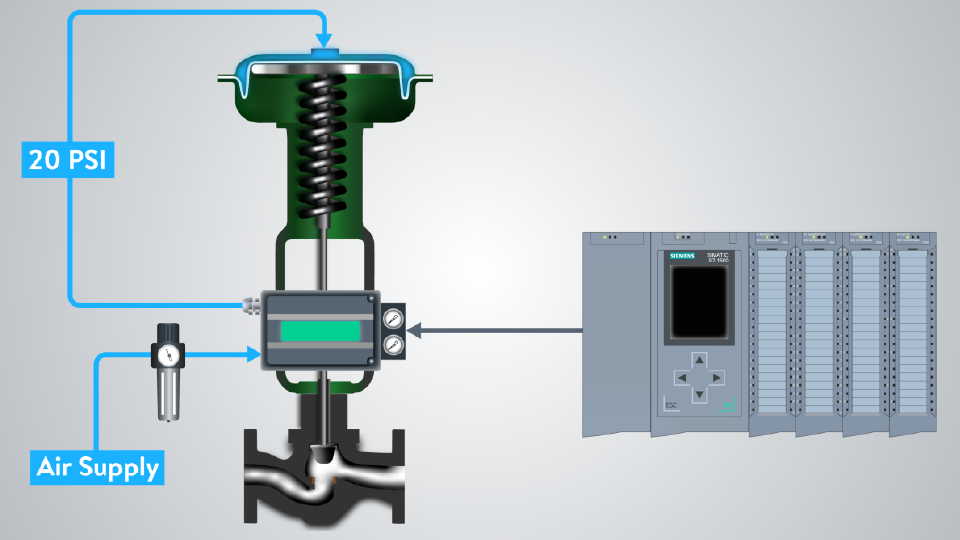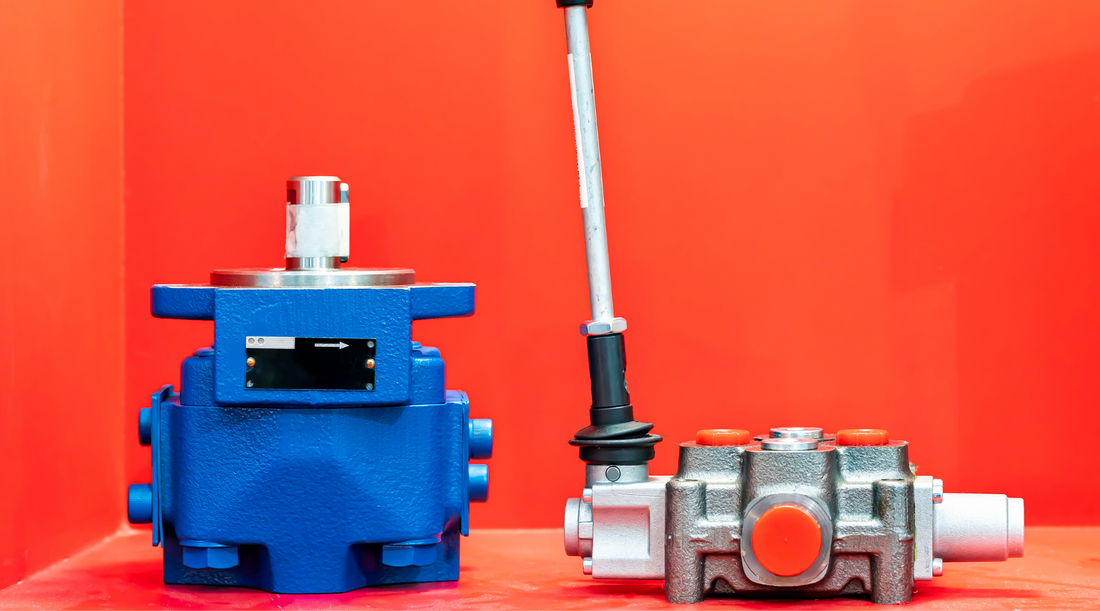
Maximize Energy Cost Savings and Convenience With Advanced Building Automation Controls
In the realm of modern design and center monitoring, the combination of advanced building automation controls stands as an essential improvement. The convergence of technology and sustainability has birthed a new era where power effectiveness, convenience optimization, and functional streamlining are no much longer distant aspirations however possible truths. By utilizing the power of automation, structures can adjust, respond, and evolve in manner ins which were when inconceivable. The potential for considerable energy financial savings and enhanced convenience is not just a possibility however a promise waiting to be met. This standard shift in building monitoring holds the essential to opening a world where ecological conscientiousness and resident health sympathetically exist together within the walls of our structures.
Power Effectiveness Benefits
Energy effectiveness advantages can substantially lower energy consumption and functional costs in buildings. By executing energy-efficient methods and innovations, building proprietors and operators can attain significant financial savings while likewise adding to ecological sustainability. Among the key benefits of enhancing energy effectiveness in buildings is the reduction of utility bills. Energy-efficient systems, such as innovative building automation controls, can maximize the usage of resources like home heating, lighting, and air conditioning, causing lower energy expenditures with time.
Additionally, boosted energy effectiveness can lengthen the life expectancy of building equipment and systems. By running much more successfully, a/c systems, lighting fixture, and various other structure components experience much less damage, resulting in lowered maintenance and replacement costs. Furthermore, energy-efficient buildings frequently command greater home worths and rental rates, giving long-lasting financial benefits to owners.
In addition, power effectiveness can improve occupant convenience and efficiency. Properly controlled interior settings with optimum illumination and thermal conditions develop a more favorable and pleasant work area, leading to improved staff member contentment and efficiency. Generally, the power performance benefits connected with advanced building automation controls are complex, incorporating expense financial savings, environmental stewardship, and resident wellness.
Enhanced Comfort Control
Enhancing comfort control in building environments requires an advanced integration of advanced automation systems for optimal occupant health. By making use of advanced structure automation controls, facilities can customize the indoor setting to satisfy the certain needs and preferences of residents. These systems allow exact regulation of ventilation, temperature, and lights, developing a comfy and effective atmosphere. Owner satisfaction and performance are carefully connected to thermal convenience, making it important to have systems in place that can adjust to changing conditions in real-time.
Improved comfort control surpasses basic temperature modifications. It includes features such as tailored settings, occupancy sensors, and all-natural light usage to develop a responsive and vibrant atmosphere. By integrating these advanced controls, buildings can not only improve comfort yet also boost energy performance by maximizing system procedures based on actual tenancy and use patterns. Eventually, focusing on resident comfort through advanced automation systems brings about an extra enjoyable and healthier interior atmosphere.
Operational Efficiency Improvements

Moreover, the execution of real-time monitoring and analytics tools makes it possible for structure operators to determine power inadequacies and operational anomalies promptly. By continually monitoring energy use patterns and system performance metrics, changes can be made in real-time to enhance power usage and guarantee peak operational efficiency. control valves. In addition, including need response approaches right into building automation controls can even more improve functional performance by dynamically changing power use based on grid conditions and pricing signals
Indoor Climate Optimization
Effective indoor climate optimization is an essential aspect of structure automation controls, guaranteeing owners' comfort and health while optimizing energy savings. By making use of sophisticated sensors and controls, building automation systems can continuously monitor and adjust temperature, moisture degrees, air high quality, and ventilation to produce an optimum indoor setting. Maintaining comfy and regular conditions not just improves owner fulfillment yet additionally increases performance and total health.
Indoor environment optimization also plays a vital function in power performance. By fine-tuning ventilation, home heating, and air conditioning systems based upon real-time information and tenancy patterns, developing automation controls can considerably lower power usage - control valves. Executing methods such as demand-controlled air flow and thermal zoning can help decrease power waste while guaranteeing that each area of the building gets the necessary conditioning.

Lasting Atmosphere Production
Structure automation controls not just maximize indoor climate problems for energy efficiency and passenger convenience but likewise lay the foundation for producing a sustainable environment through strategic management of sources and systems. By integrating sophisticated structure automation technologies, such as sensing units, actuators, and Get the facts intelligent software program, facilities can monitor and adjust power usage in real-time to decrease waste and minimize their carbon footprint. These systems make it possible for predictive upkeep, identifying prospective issues before they escalate and optimizing devices performance to boost longevity and effectiveness.
Additionally, sustainable environment development expands beyond energy administration to include water preservation, waste decrease, and interior air quality renovation. Structure automation controls can manage water use, find leaks, and ensure appropriate waste disposal methods, adding to overall sustainability efforts. In addition, by keeping an eye on and controlling air flow and purification systems, these technologies enhance More Bonuses occupant health and wellness and productivity while decreasing energy intake related to a/c procedures.
Final Thought
To conclude, progressed building automation controls deal substantial benefits in regards to power financial savings, convenience control, operational performance, interior environment optimization, and creating a lasting atmosphere. By carrying out these controls, buildings can achieve optimal performance while decreasing power intake and improving occupant convenience. It appears that making use of advanced automation technology is important in boosting structure performance and producing an extra sustainable future.
Energy performance advantages can substantially minimize power usage and operational prices in structures. In general, the power effectiveness benefits connected with sophisticated building automation controls are complex, incorporating price financial savings, ecological stewardship, and resident health.
Additionally, integrating demand action techniques right into building automation controls can further boost operational efficiency by dynamically adjusting power use based on grid conditions and prices signals.
Building automation controls not just optimize interior climate conditions for energy performance and resident comfort yet additionally lay the structure for creating a sustainable setting with strategic management of systems and sources.In final thought, advanced structure automation manages offer significant benefits in terms of energy savings, comfort control, operational effectiveness, indoor climate optimization, and producing a lasting environment.